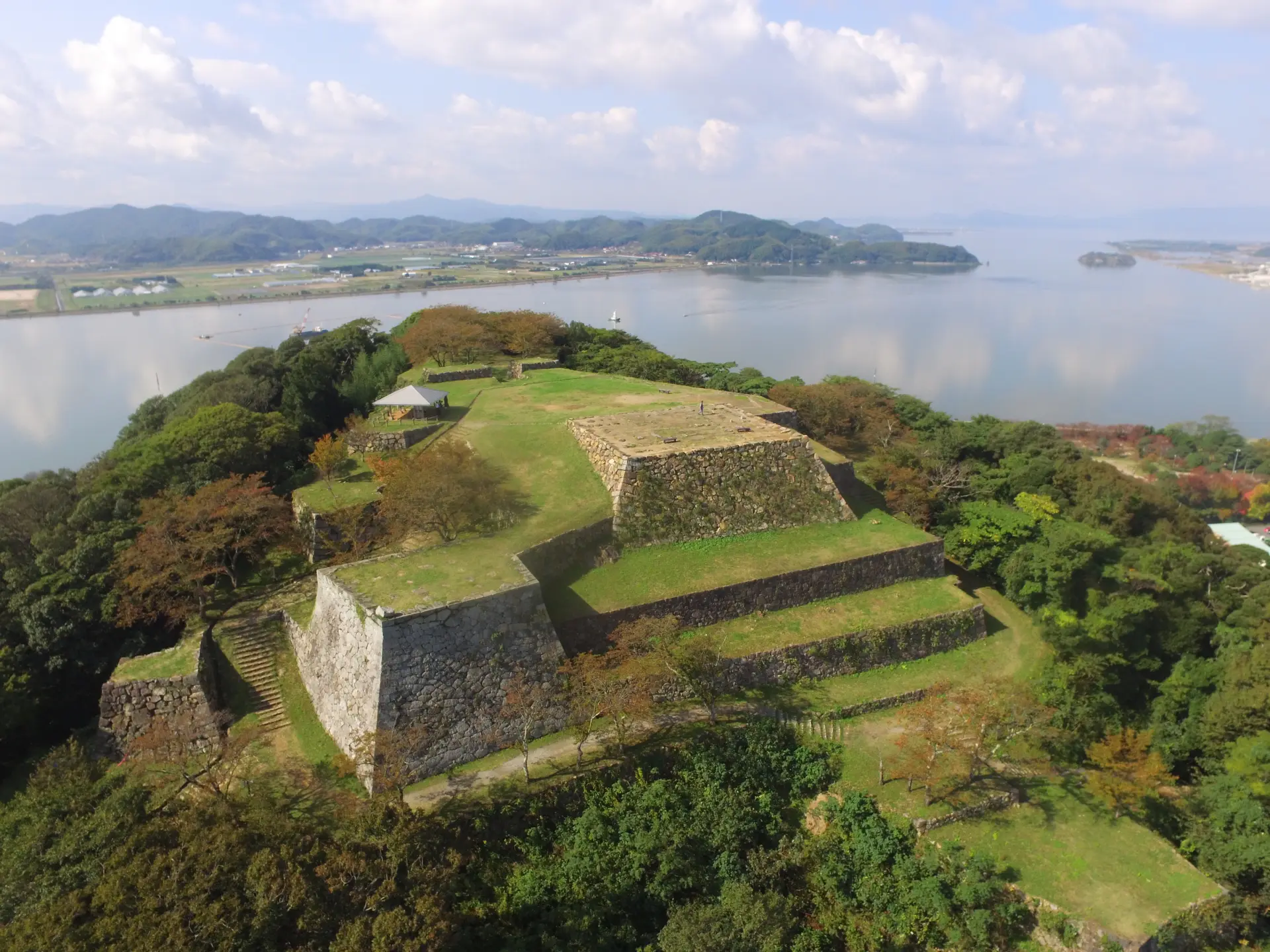
Hidden Stories in Stone: Exploring Japan’s Castle Walls
Last update
Stone Walls that Tell Stories
While the historical stories are compelling, every castle also offers its own unique highlights—from architectural ingenuity to breathtaking scenery. Here are three thematic ways to enjoy castle-hopping in Kansai: Stone Walls that Tell Stories. Stone walls are a favorite among castle enthusiasts for their unique construction techniques and enduring strength. Even in places where buildings no longer stand, impressive stone remains hint at the castle’s former glory. Studying these stone foundations is like reading a time-worn map of the past.
What is Nozura-zumi?
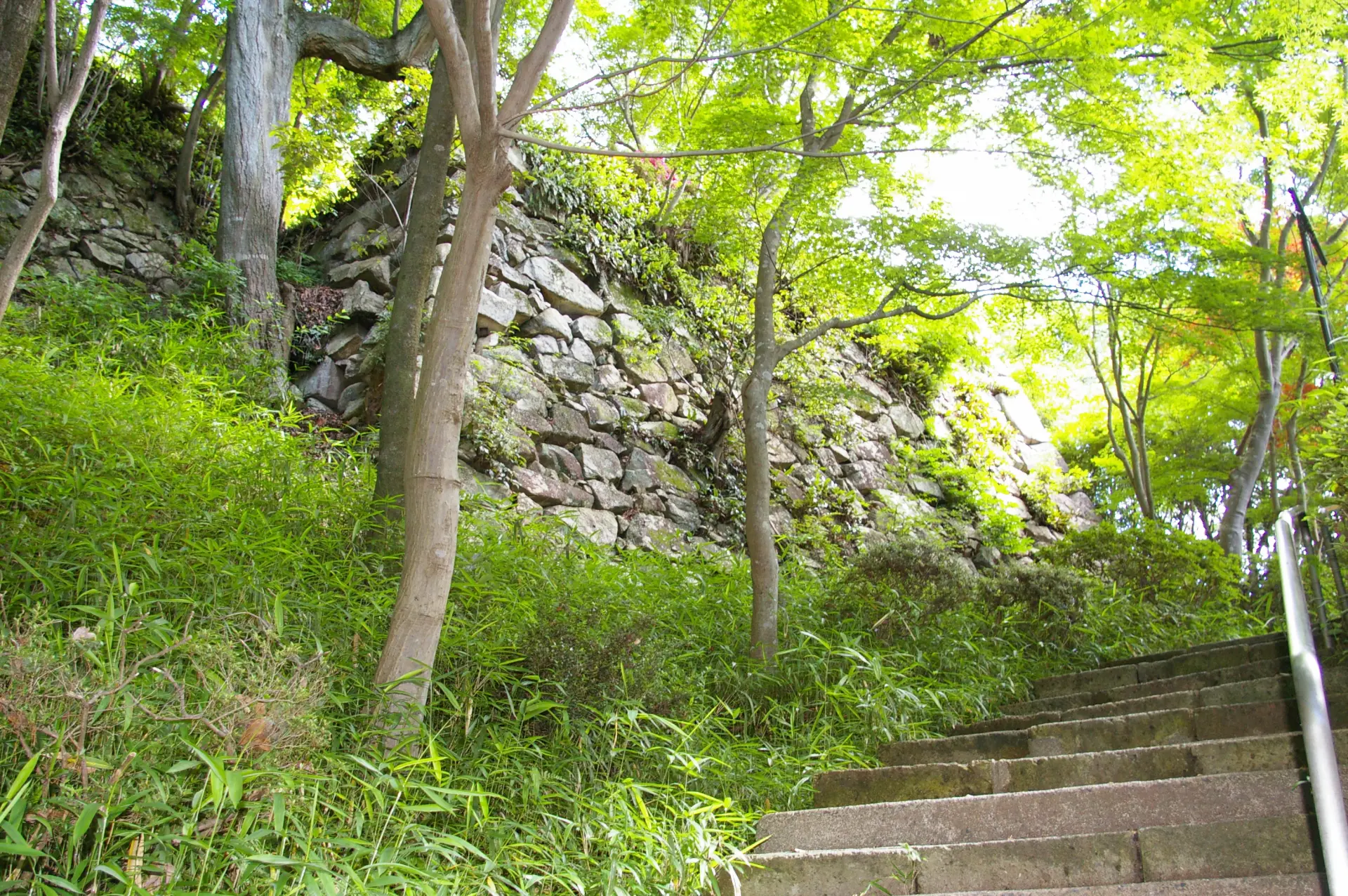
Nozura-zumi, made by stacking natural stones without much processing, is an old type of stone wall. It can be seen in castles built during the time of Oda Nobunaga and Toyotomi Hideyoshi. The weakness of this type is that the size and shape of the stones vary, which creates gaps that can be used as footholds for people to climb over. Therefore, the gaps are filled with "filler stones." The advantage is that it has good drainage, and water is easily removed even during heavy rain. This construction method is a specialty of a group of stonemasons known as the "Anou-shu."
▶Castles where Nozura-zumi can be seen
Azuchi Castle, Hachimanyama Castle, Takeda Castle, Arikoyama Castle, Ichinomiya Castle

What is Uchikomi-hagi?
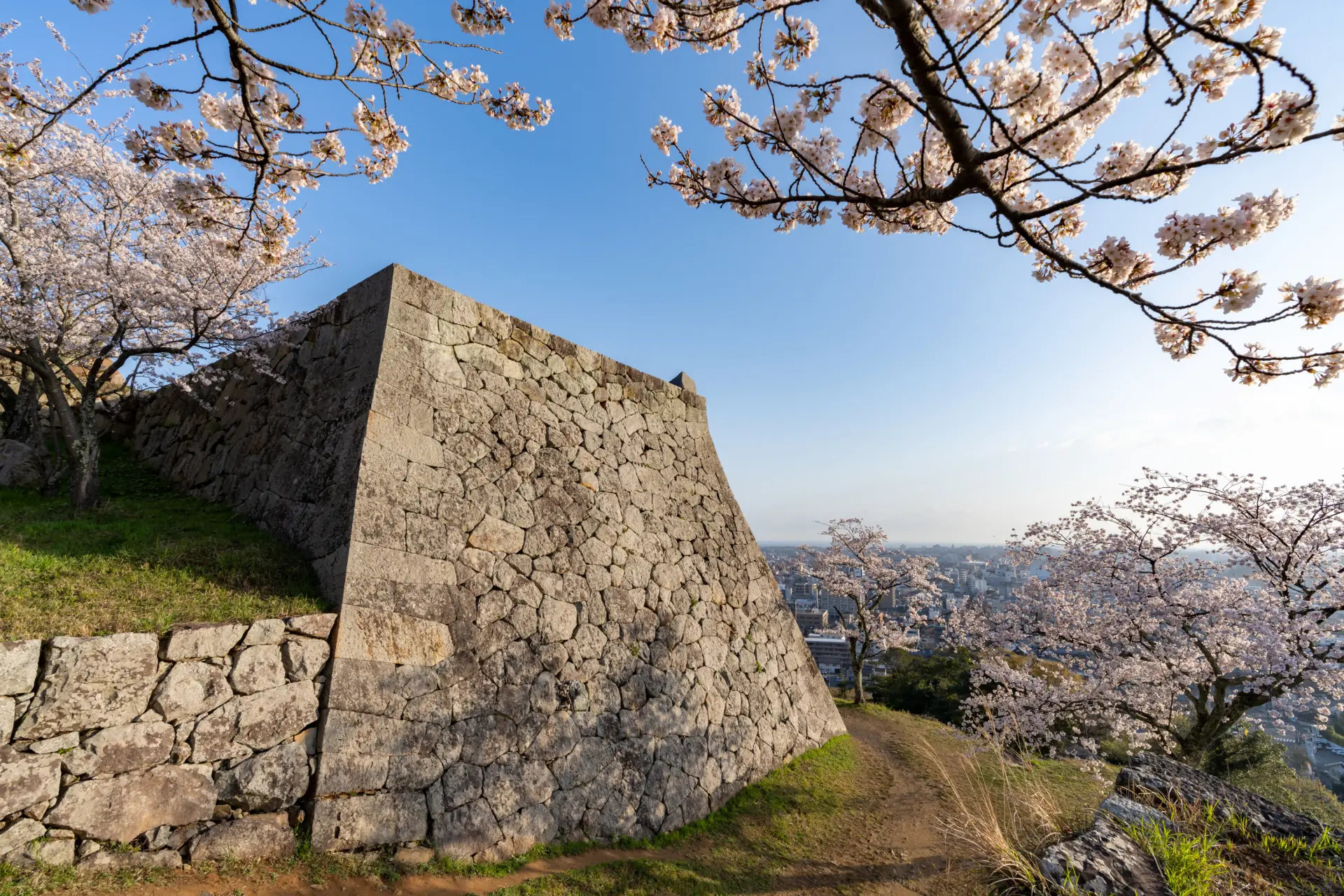
Uchikomi-hagi is a method of flattening the corners and surfaces of stones and laying them down after shaping them. This method became popular as the number of castles with stone walls increased, and it allowed for the creation of higher stone walls than Nozura-zumi. Filling stones could be piled into the gaps, but compared to Nozura-zumi, gaps are less likely to form and it is more difficult to climb over, so it can be said that defensive power has been increased.
▶Castles where Uchikomi-hagi can be seen
Hikone Castle, Nijo Castle, Osaka Castle, Kishiwada Castle, Himeji Castle, Akashi Castle, Ako Castle, Sumoto Castle, Izushi Castle, Sasayama Castle, Takatori Castle, Wakayama Castle, Tottori Castle, Yonago Castle
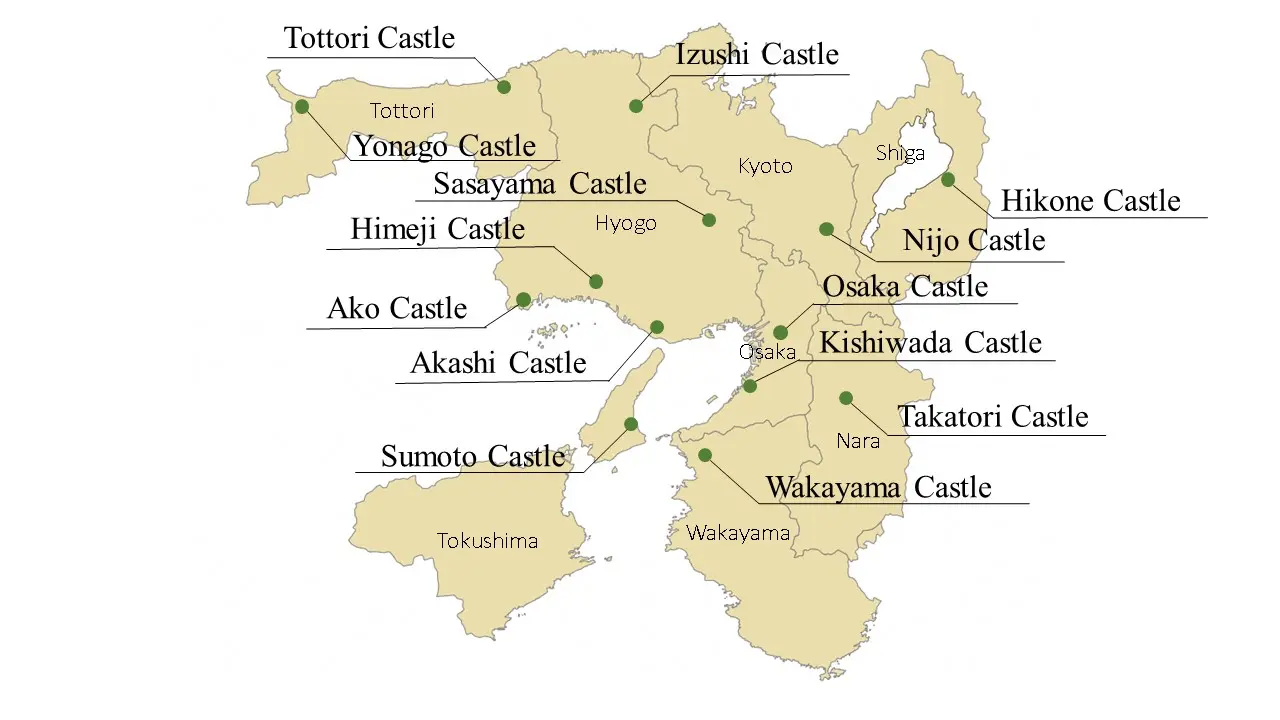
What is kirikomi-hagi?

Following uchikomi-hagi came kirikomi-hagi, which is made by stacking neatly shaped stones without any gaps. It has the advantage of being beautiful to look at and difficult to climb. As the stones are tightly attached to each other, drainage is not possible, so drainage holes are installed.
▶Castle where kirikomi-hagi can be seen
Nijo Castle, Osaka Castle, Wakayama Castle, Shingu Castle, Yonago Castle,
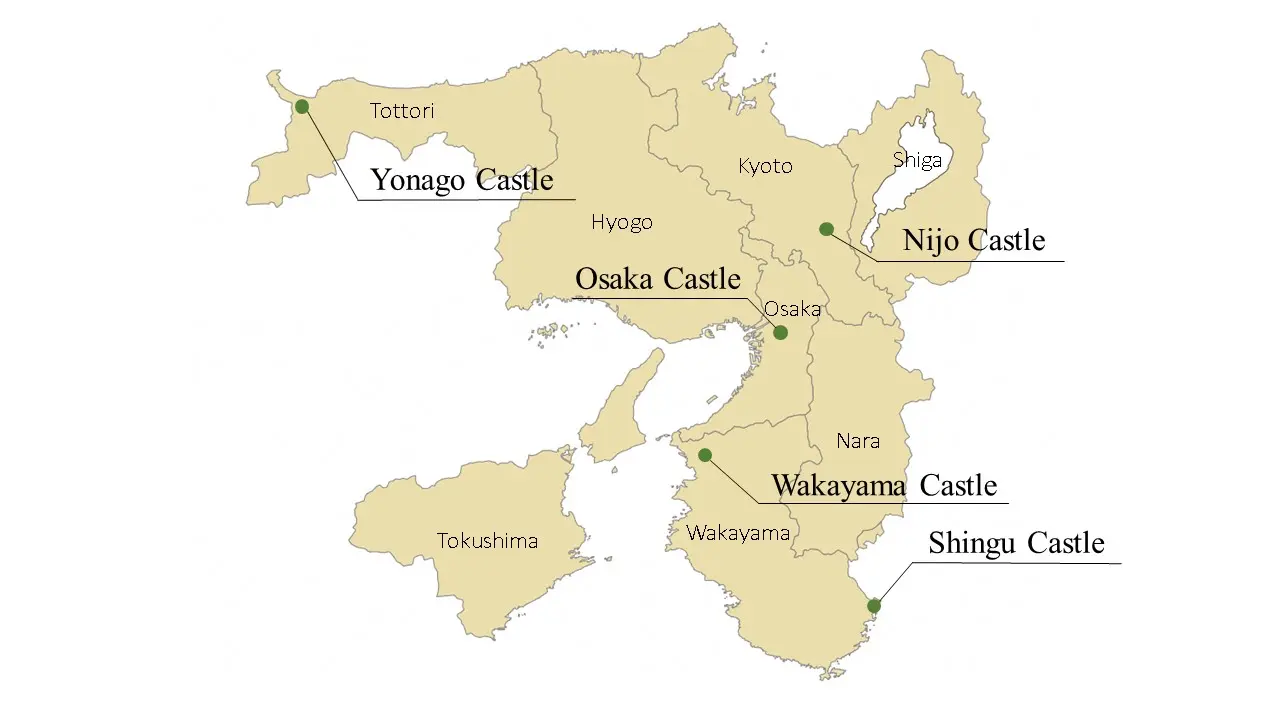
Other distinctive stone walls
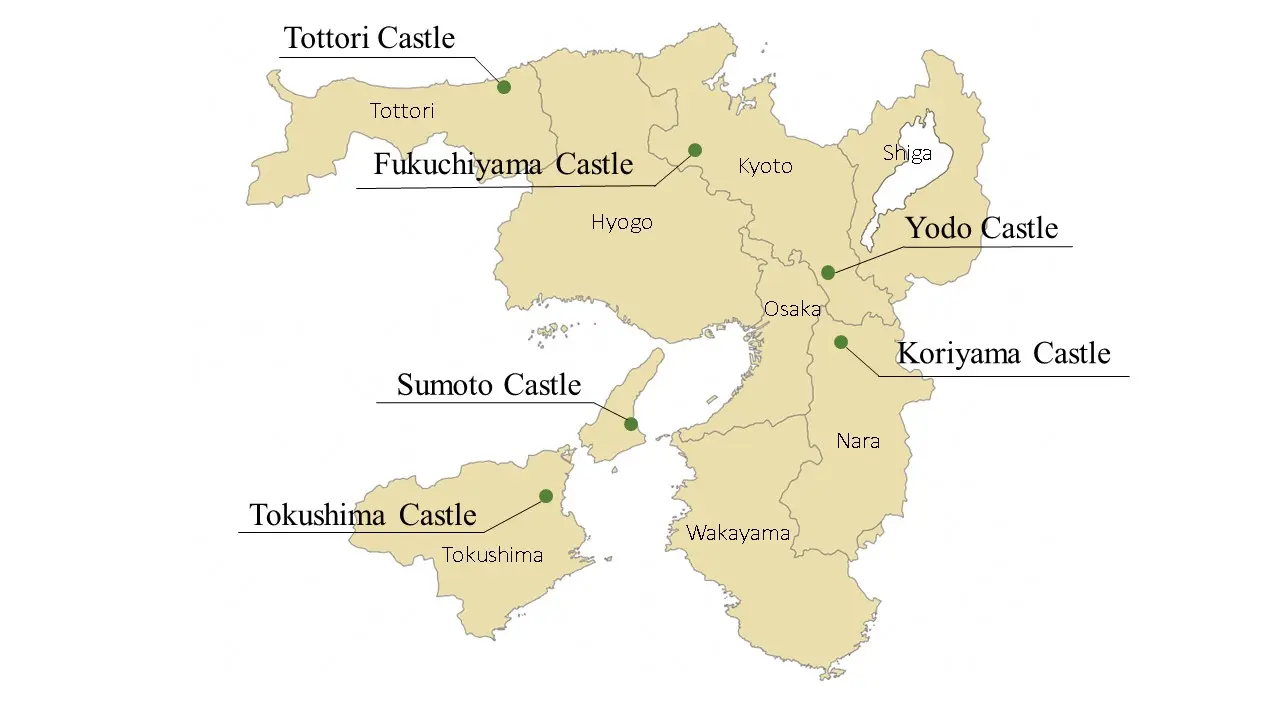
Yodo Castle (Engraving)
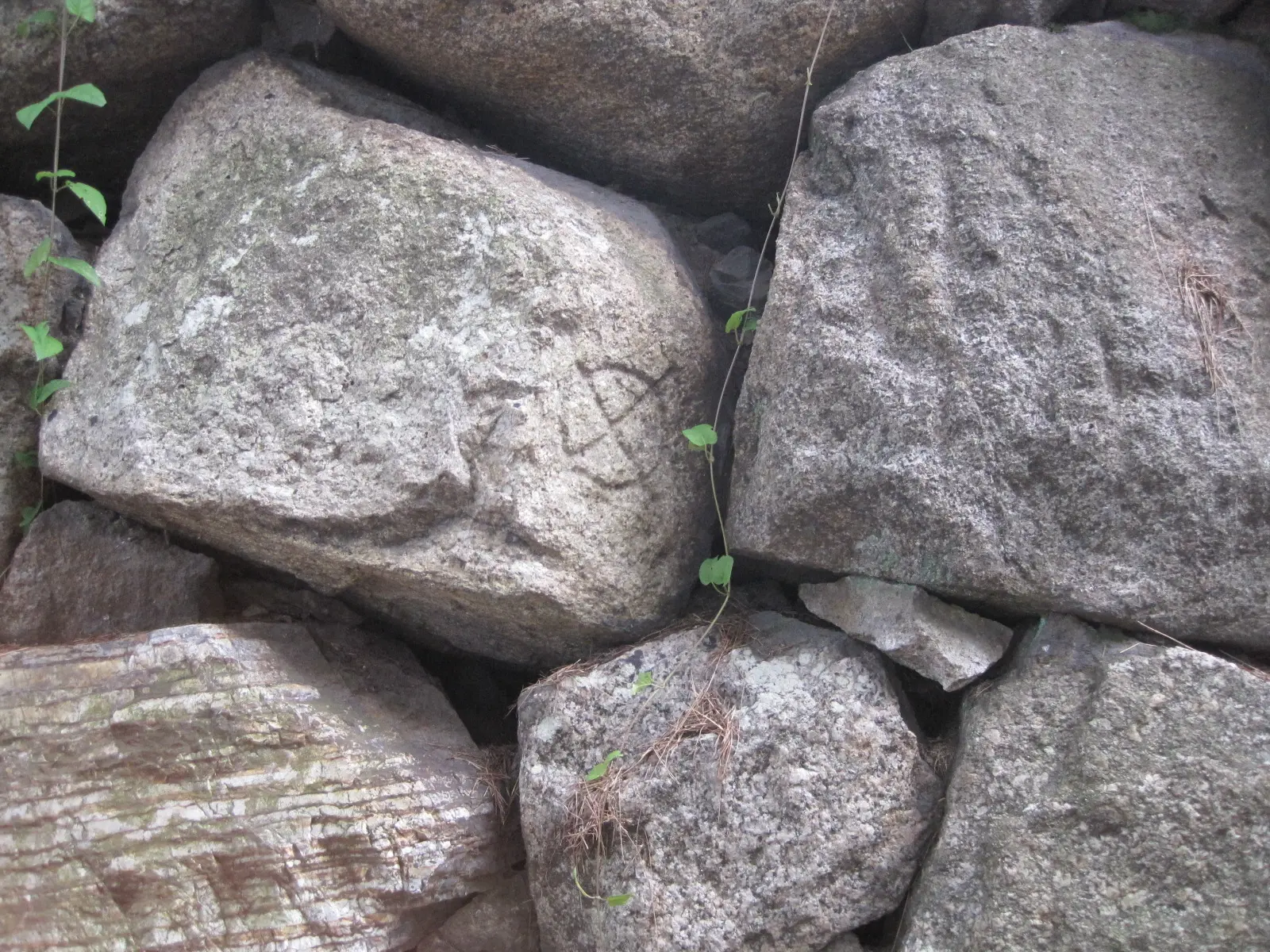
Yodo Castle was built in the Edo Period to replace the abandoned Fushimi Castle. The stone walls are made of stones engraved with the symbols of feudal lords. Many of the stone walls in the enclosures bear the symbols of the Maeda family of Kaga, while the stone walls of the main citadel and castle tower base bear the symbols of various feudal lords, such as the Mori and Inaba families of Aki, the Kato family of Higo, the Yamauchi family of Tosa, and the Matsuura family of Hirado. It is thought that the stone walls were reused from the abandoned Fushimi Castle.
Basic information: https://www.the-kansai-guide.com/en/directory/item/22289/
Tokushima Castle (Awa Aoishi)
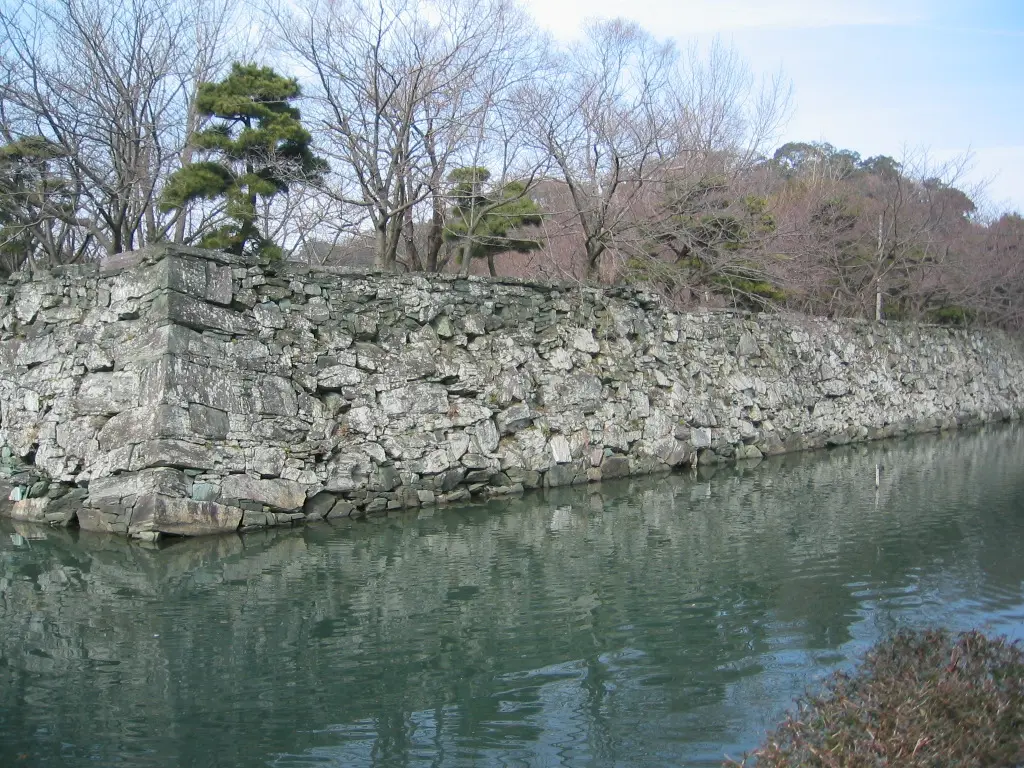
©徳島市教育委員会
The stone walls of Tokushima Castle are made of crystalline schist mined from Mt. Bizan in Tokushima. The green schist known as "Awa Blue Stone" is characterized by its bluish hue, and is stacked in a rough, rough pattern, which is very unique. There is also pale pink Awa Akaishi (red-red schist), so be sure to look for it.
Basic information: https://www.the-kansai-guide.com/en/directory/item/22288/
Fukuchiyama Castle (repurposed stones)
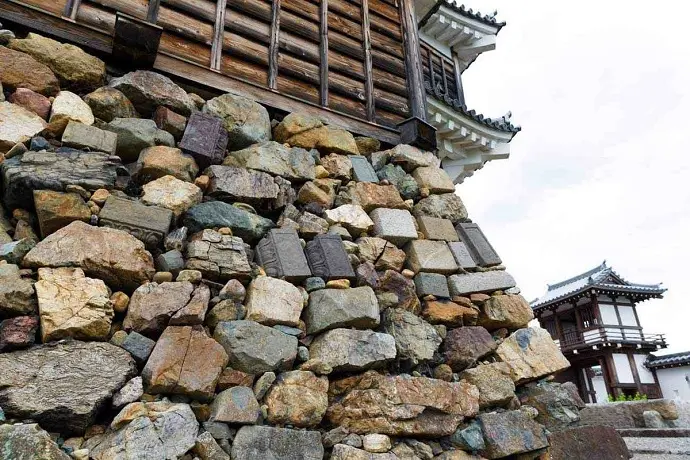
The stone walls of Fukuchiyama Castle's castle tower base are made with a large number of pagodas, stupas, and stone Buddha statues. This is said to be because there were no stones available nearby that could be used for stone walls, and there was little time to build the castle. Repurposed stones found during excavations are also on display next to the Akaganemonbansho, a surviving building within the castle.
Basic infformation: https://www.the-kansai-guide.com/en/directory/item/11866/
Koriyama Castle (Upside-down Jizo)
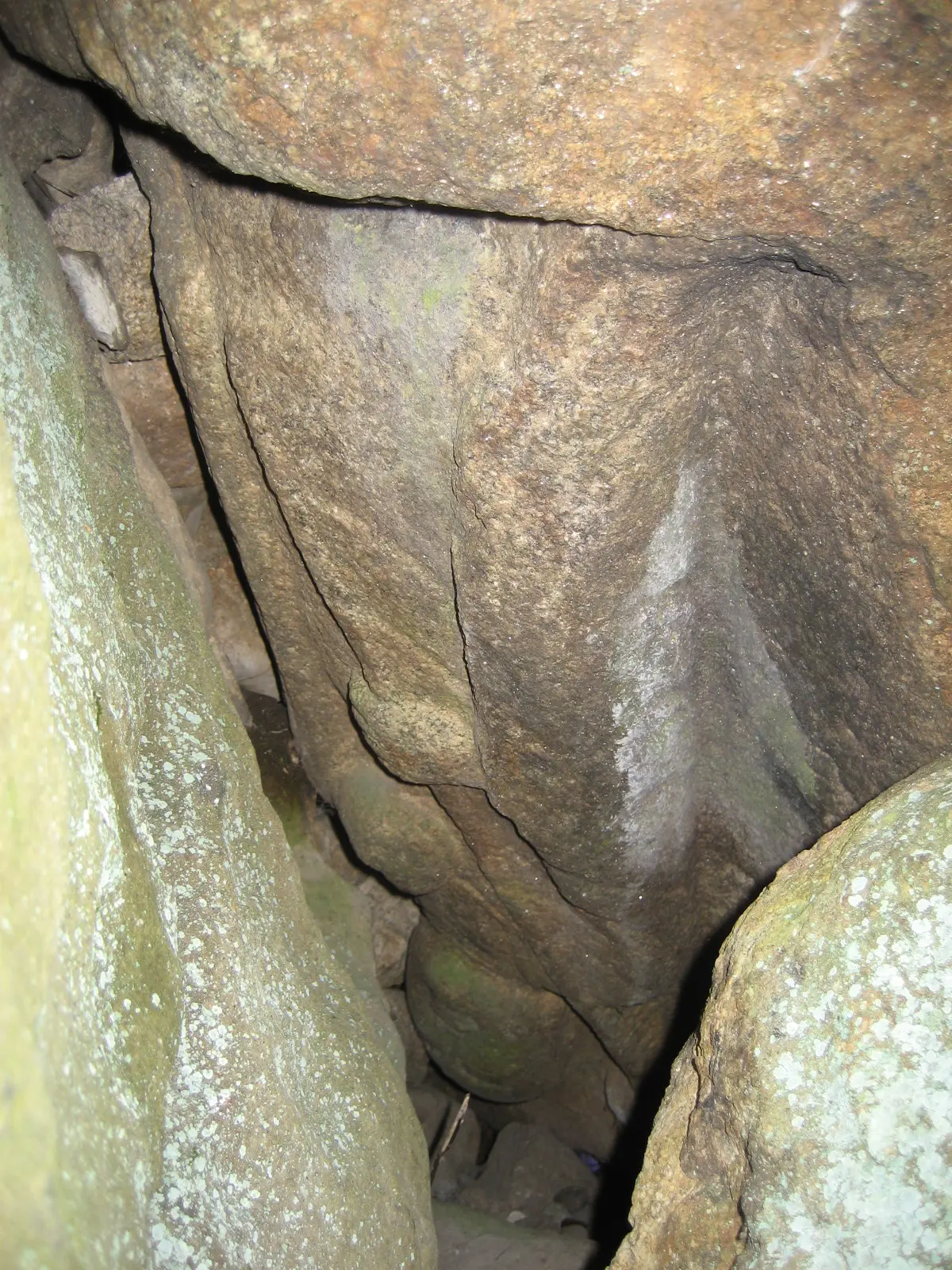
Many repurposed stones can be seen in the stone walls of Koriyama Castle. The stone walls around the castle tower base include the cornerstones of Heijo-kyo's Rajomon Gate, as well as Gorin-to towers. One of the most unusual is the "Upside-down Jizo." A stone standing statue of Jizo Bodhisattva holding a jewel in his left hand and a shakujo in his right hand is built upside down into the stone wall.
Basic information: https://www.the-kansai-guide.com/en/directory/item/22283/
Tottori Castle (Maki-ishigaki)
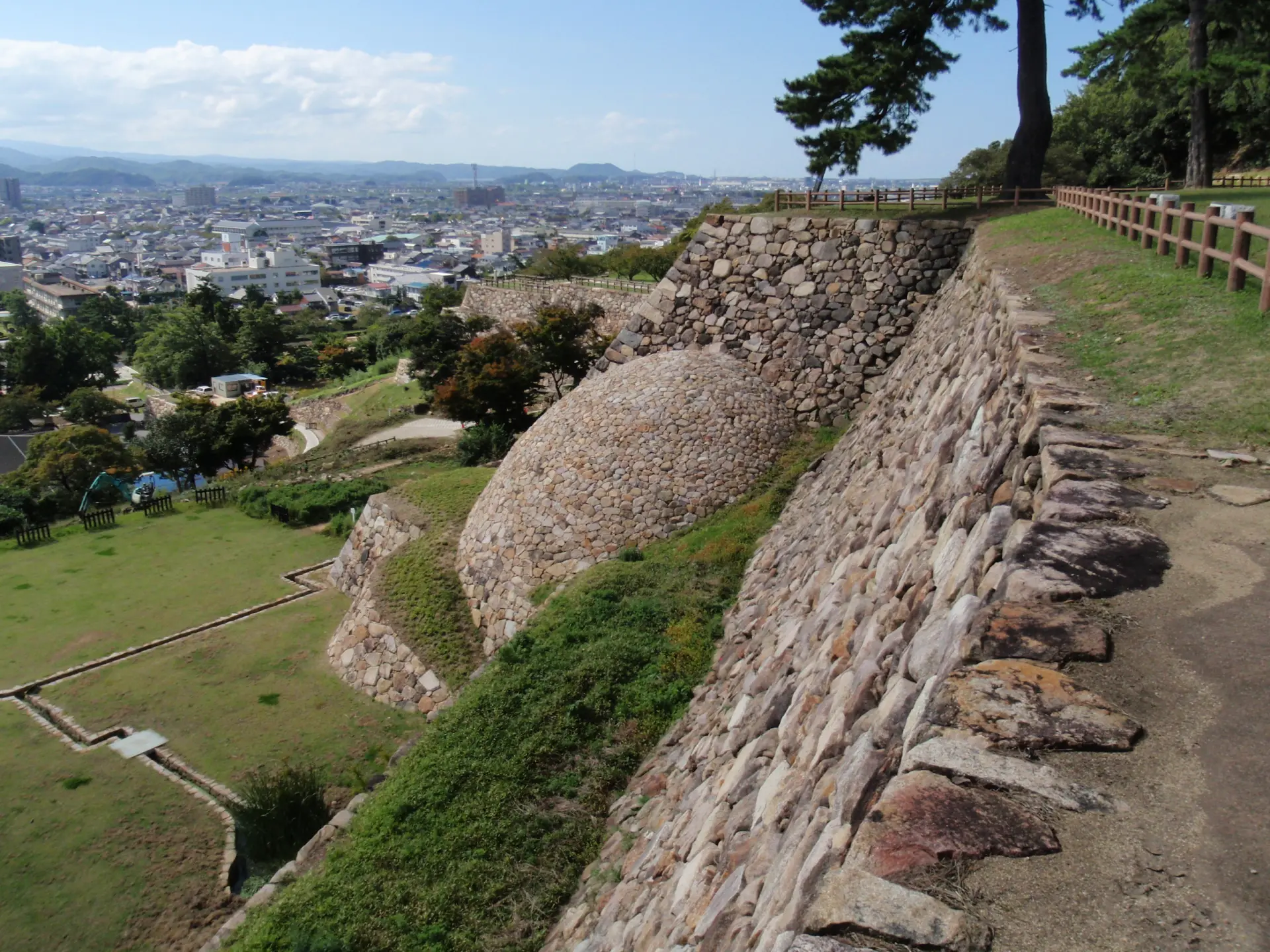
Tottori Castle still has beautiful stone walls made with rammed-in joints. The highlight is the "Maki-ishigaki" (rolled stone wall) that was restored on the site of Tenkyumaru. It was added to prevent the stone wall from collapsing, but the spherical stone wall without corners is unique and the only one of its kind in the country.
Basic information: https://www.the-kansai-guide.com/en/directory/item/20443/
Sumoto Castle (climbing stone walls)
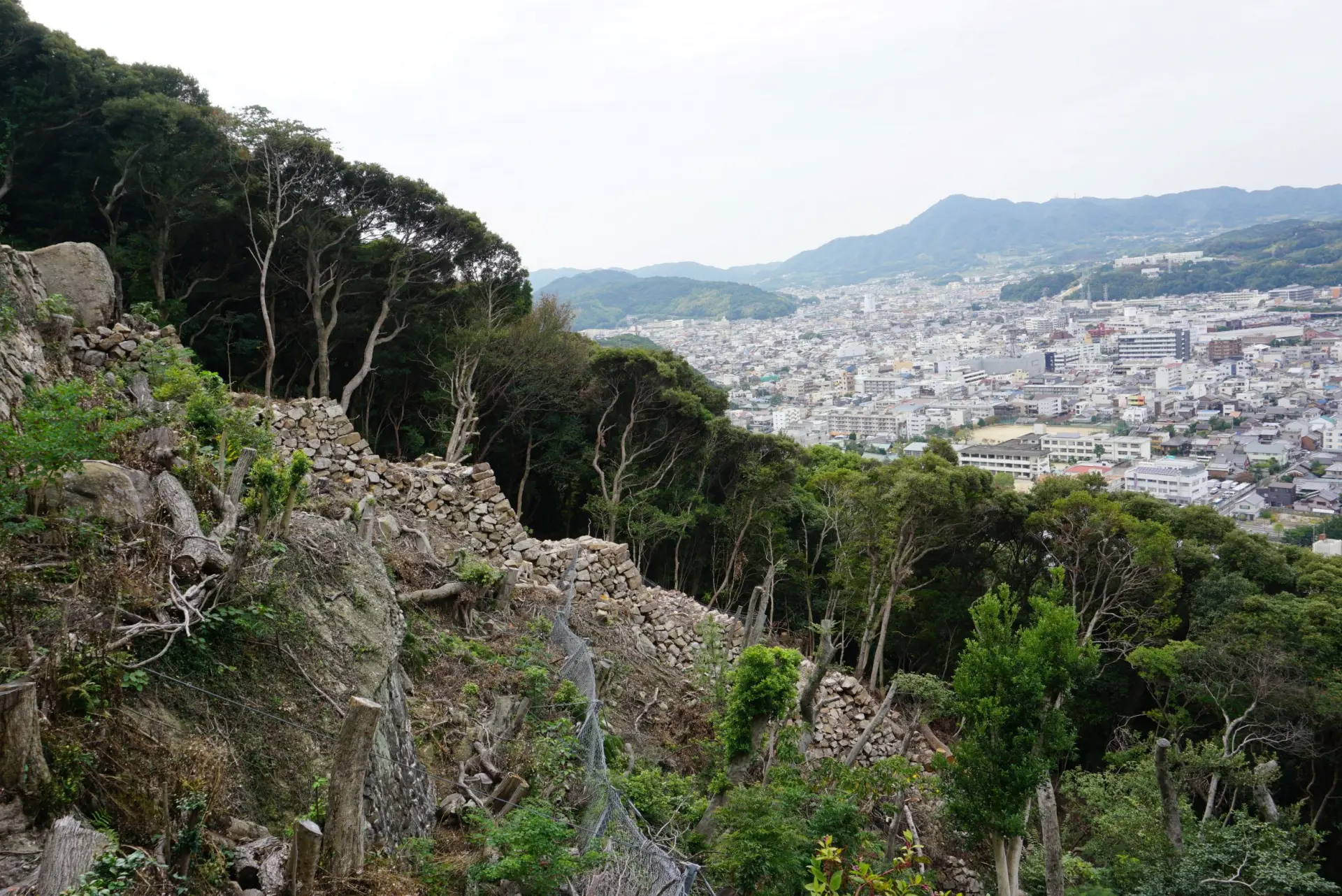
Sumoto Castle has a series of "climbing stone walls" that run in a staircase pattern from the summit to the foot of the mountain. It is said that the vertical stone walls were built to block the lateral movement of enemies, and are rare, with only a few examples in the country.
Basic information: https://www.the-kansai-guide.com/en/directory/item/22287/
Check also...
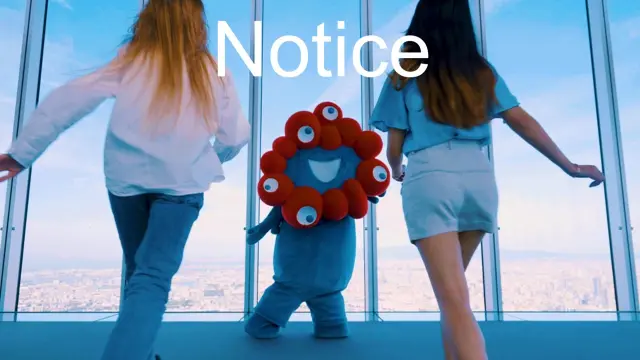
Restrictions on Large Baggage
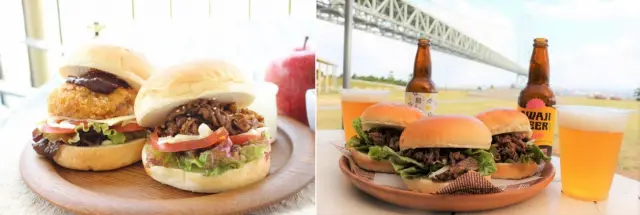
Reviving Past Memories and Emotions! Three spots related to the Food and Fragrance of Awaji Island!!!
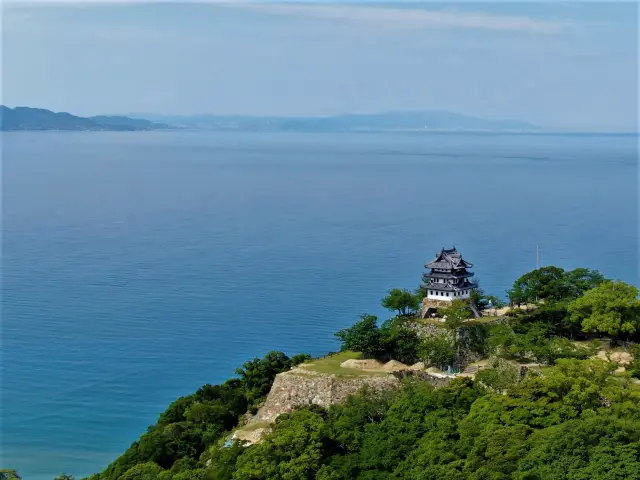
Feel Like a Lord: Castle with Stunning Panorama Views
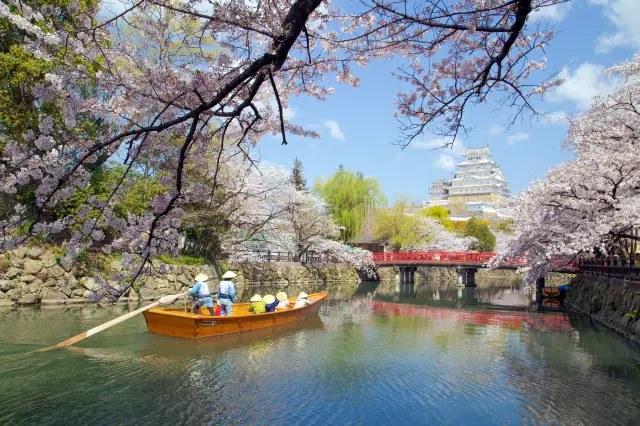
Experience the True Essence of Japan through Castles, Cultural Treasures, and Timeless Gardens
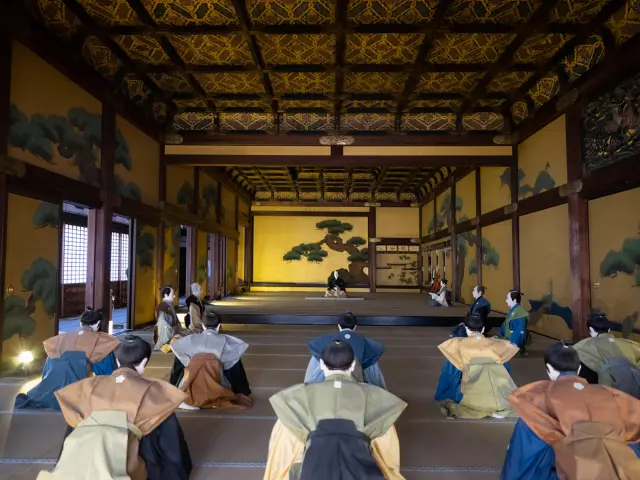
Castles of Tokugawa Ieyasu
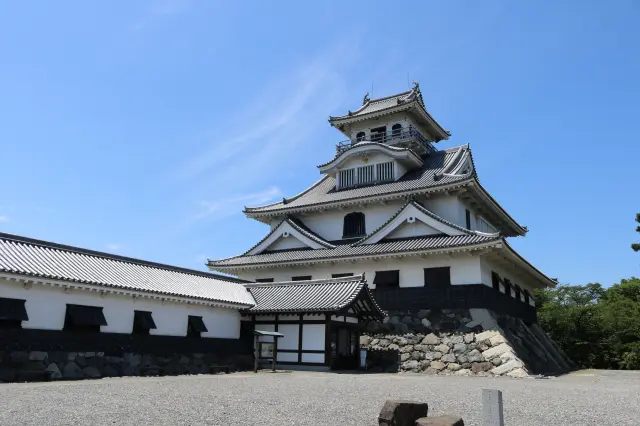
Castles of Toyotomi Hideyoshi
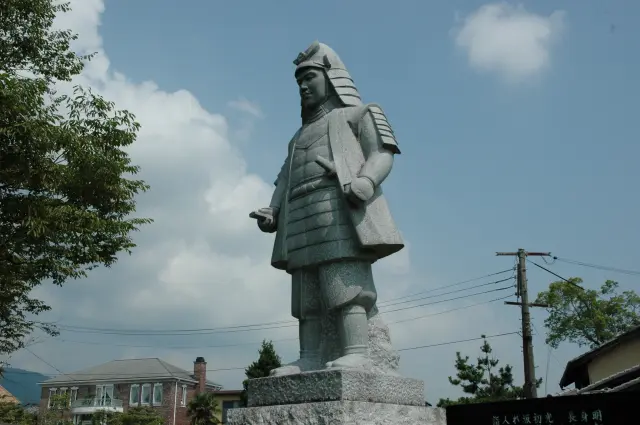
Castles of Akechi Mitsuhide

